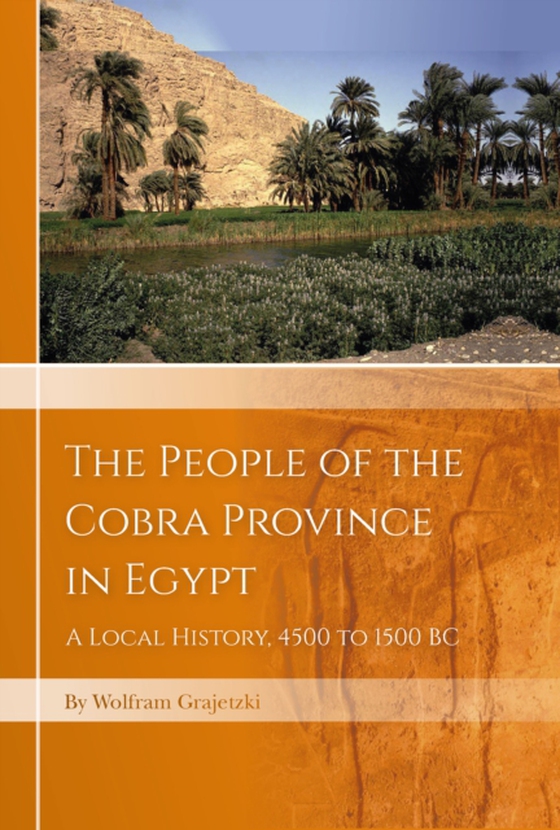
People of the Cobra Province in Egypt e-bog
369,41 DKK
(ekskl. moms 295,53 DKK)
The book delivers a history from below for the first half of Egyptian history coveringthe earliest settlements, state formation and the pyramid age. The focus is on theWadjet province, about 350 km south of modern Cairo in Upper Egypt. Herearchaeological records provide an especially rich dataset for the material culture offarmers. Histories of Ancient Egypt have focussed heavily on the kings, ...
E-bog
369,41 DKK
Forlag
Oxbow Books
Udgivet
19 april 2020
Længde
288 sider
Genrer
HD
Sprog
English
Format
pdf
Beskyttelse
LCP
ISBN
9781789254242
The book delivers a history from below for the first half of Egyptian history coveringthe earliest settlements, state formation and the pyramid age. The focus is on theWadjet province, about 350 km south of modern Cairo in Upper Egypt. Herearchaeological records provide an especially rich dataset for the material culture offarmers. Histories of Ancient Egypt have focussed heavily on the kings, monuments and inscriptions, while the working population is hardly mentioned. The book investigates the life of people far from the centres of power. One main aim of the book is the interaction between farmers and the ruling classes at the centres of power and locally. How did decisions at the royal centre affect the life of ordinary people? The Introduction offers a critical survey of Egyptologists and their attitudes towardsthe working class. The social and cultural background of these researchers is analysed to assess how heavily they are influenced by time and their political and cultural background.The First chapter then describes the location and gives a history ofprevious research and excavations. The archaeological sites and the recorded ancientplace names of the province are presented to provide a geographical framework forthe book. The following chapters are arranged in chronological order, mainly according to thearchaeological phases visible in the province. It appears that in phases of a weakcentral government, people in the provinces were much better off, while in phases ofa strong central government burials of poorer people are almost absent. The reasons for this are discussed.A substantial part of the book comprises descriptions of single burials and the materialculture in the province. The archaeology of the poorer people is the main focus. Burial customs and questions of production are discussed. For a fuller picture, evidence from other parts of Egypt is also taken into account. Thus settlement sites in other regions are presented to provide contemporary evidence for living conditions in particular periods.As the book will focus on the lower classes, the Tributary Mode of Production will be used as the main theoretical framework. The Tributary Mode of Production (previouslyknown as the Asiatic Mode of Production) is a term that goes back to Karl Marx, but was mainly used in the 20th century to describe ancient societies whose economies were not based on slaves.A constant question will be the status of the working population. Were they slaves,serfs or free citizens? It will be argued that they were most often in a dependent position comparable to that of serfs, while there is little evidence for slavery. The numerous burials presented in the volume are important for highlighting the diversity of burials in the different periods. Many will be placed in special subchapters. Readers can skip these chapters when they prefer to concentrate on the main text.
 Dansk
Dansk

